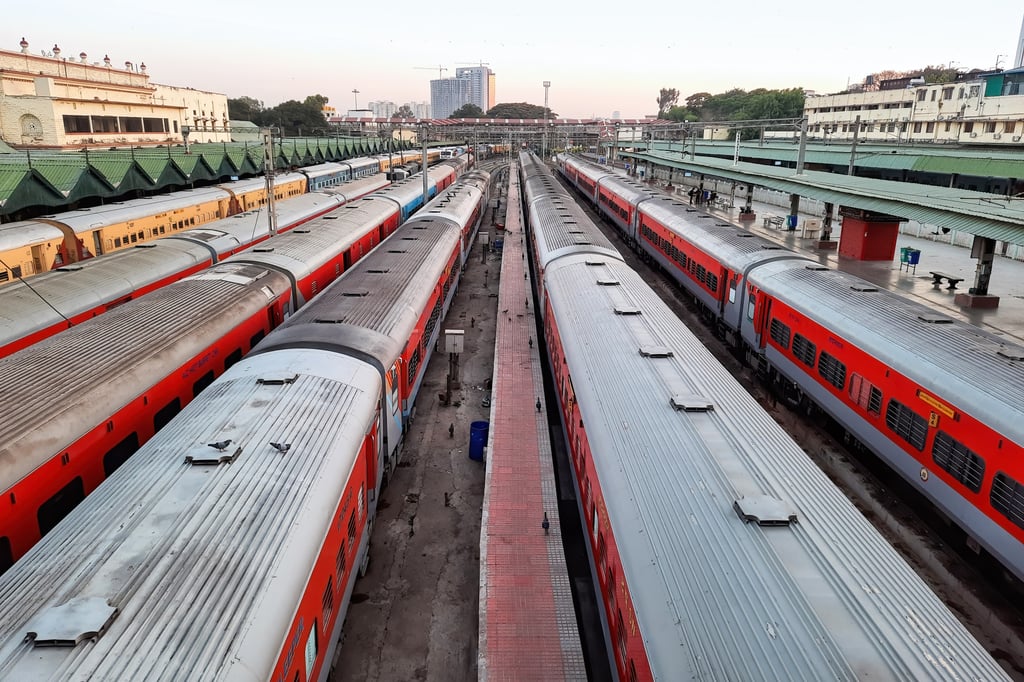A Bengaluru train ride back in time
A journey into the colonial past visits four restored railway stations on the Bengaluru-Kolar line

It’s a mouthful, but the name of Bengaluru’s main railway station recalls an early 19th century military leader from a village about 480km northwest of the Indian city who fought the British and was hanged for it.
Standing under the Krantiveera Sangolli Rayanna Bengaluru station’s awning on a recent chilly Saturday morning, invoking his name feels apt for a trip down memory lane, the goal being to explore the city’s colonial railway history.
A major junction, the station is always swarming. But platform six is relatively calm as I join a small group that has gathered for a day-long train trip, with a walk, hosted by the Bengaluru chapter of the Indian National Trust for Art and Cultural Heritage (Intach), an NGO with UN consultative status that works to protect India’s natural and cultural heritage through volunteer-run chapters.
We board the Bengaluru-Kolar Special, bound for four British-built stations that went to ruin but have been painstakingly restored by Intach.

As the train picks up speed it passes through neighbourhoods waking up to the weekend, but quickly the urban sprawl gives way to farmland: stands of swaying marigold and chrysanthemum plants, coconut groves, orchards and grape vines.